Search for topics or resources
Enter your search below and hit enter or click the search icon.
February 22nd, 2022
2 min read
By Alan Jackson

Boost is awesome, and makes a turbo car do it's thing... but left unchecked, it can destroy an engine in seconds. With a good understanding of how boost is monitored, and controlled, you can be better equipped to get the most from your car, and understand when it's not behaving.
Join us as we go over the essentials to boost control, and the system put in place to help control it. We have some informative diagrams to lay out all the pieces, and even go over some of the modern systems like electronic bypass valves and more.
If you haven't watched our YouTube video highlighting and introducing this project, that is a great place to start:
At it's base, boost control is namely about the wastegate. The wastegate is responsible for keeping the turbo from continuously building boost until it pops. By allowing exhaust gas, the driving force of the turbocharger, to bypass the expeller (turbine), it will stop the impeller from sucking in air, creating boost.
The following examples are specific to a Focus ST, but applicable to most turbo setups.
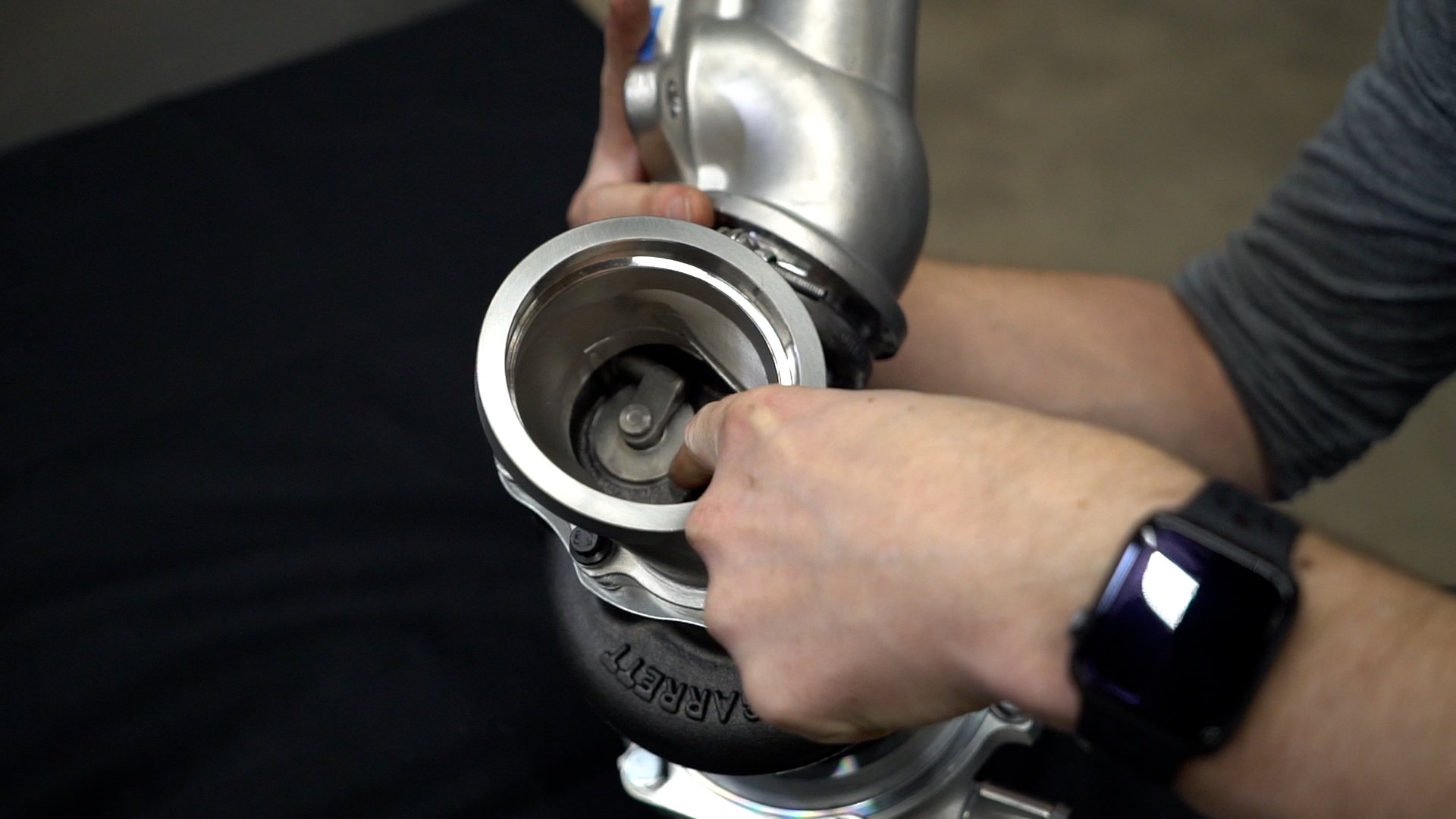
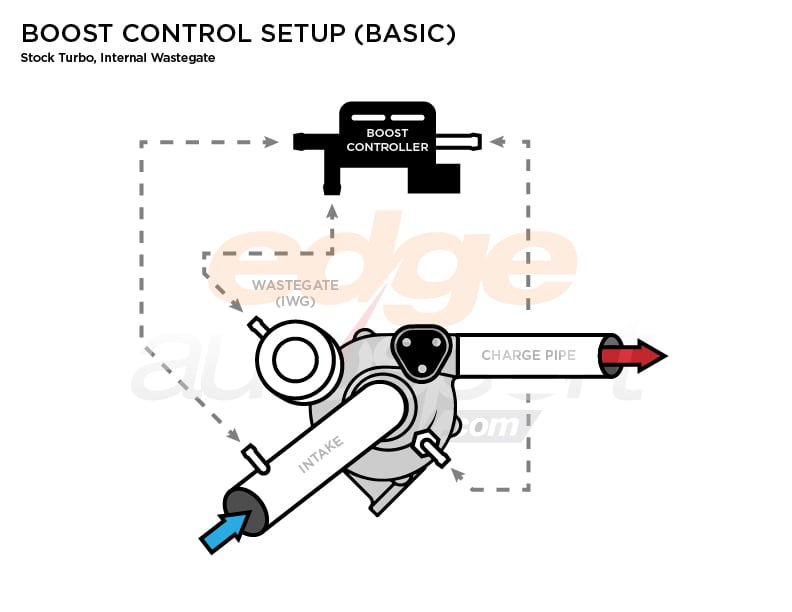
In this watered down diagram, we can see the boost control solenoid installed between the intake and charge pipes, regulating the wastegate's operation.
Fundamentally, when the pressure (boost) rises in the charge pipes as the turbo spins, the wastegate will open accordingly.
If there was no controller guided by the ECU, the wastegate would open at "Wastegate Spring Pressure".
So when boost reaches the spring pressure, let's say 8psi, the wastegate opens and physically will not allow more boost to build. What the controller does is fool the wastegate, letting air past the wastegate so it never sees it's wastegate spring pressure.
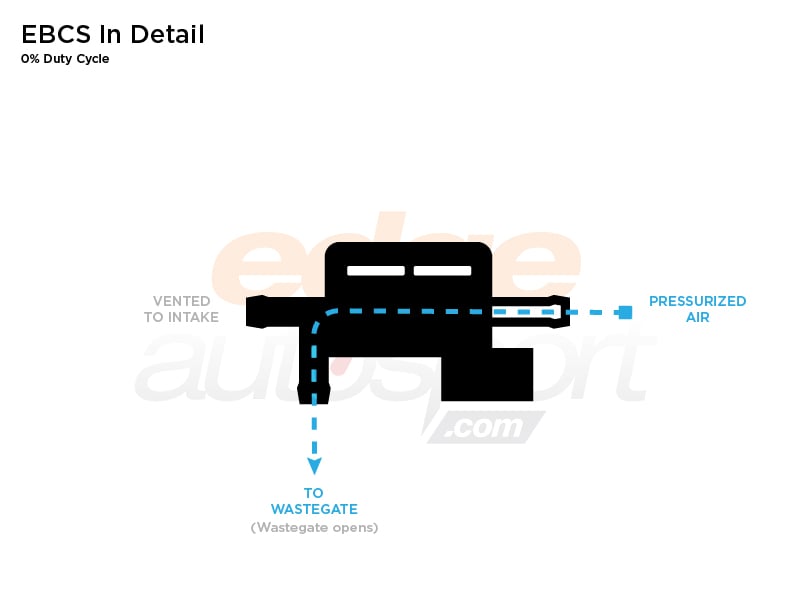 |
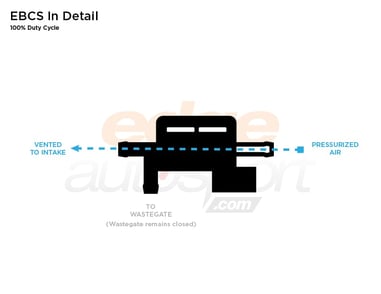 |
The infamous blow-off-valve is not only a notorious sound in the automotive world, but a key component in boost control as well.
When the throttle closes, all the build pressure from the turbo has nowhere to go... so it needs to be vented, and most desirably, with a pronounced "psssssh". This action is largely autonomous, as it simply stays shut until it sees a required amount of pressure. The vacuum solenoid is assisted by a vacuum source, hence the single port on the valve.
In the case of the Ford Focus ST, this valve is electronically controlled with a similar solenoid to the above wastegate controller:
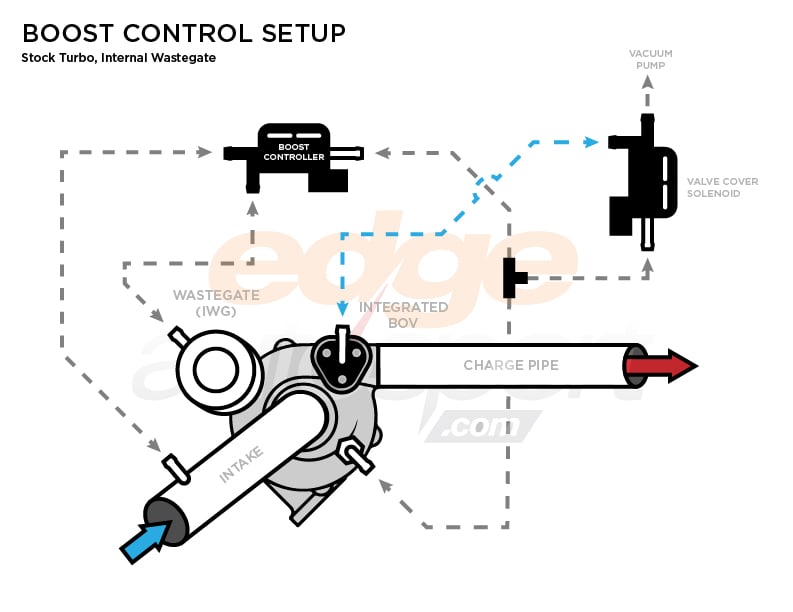
And in order to add a more customizable (and louder) external blowoff valve, we need to customize the tract and make it a mechanical loop, as such:
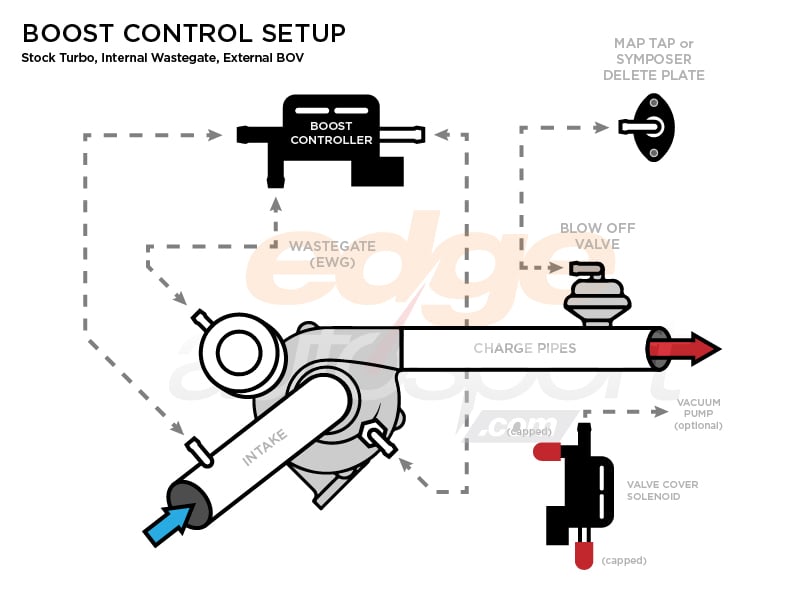
Here we reference boost pressure and vacuum off the manifold by either a MAP-TAP or Symposer Delete plate. Both are aftermarket accessories able to be used on the intake manifold of the ST.
An external wastegate moves the entire wastegate operation out of the primary exhaust stream inside the turbine housing. Why would we do this? Hold on to your shorts...
External wastegates are far superior in controlling excess exhaust gas, as they are much larger in diameter. Furthermore, by diverting the gases away from the turbine and downpipe completely, it smoothes flow and reduces turbulence. You will also find there is little-to-no chance of overboosting, where the internal wastegate simply isn't physically large enough to divert enough gas to slow the turbine properly.
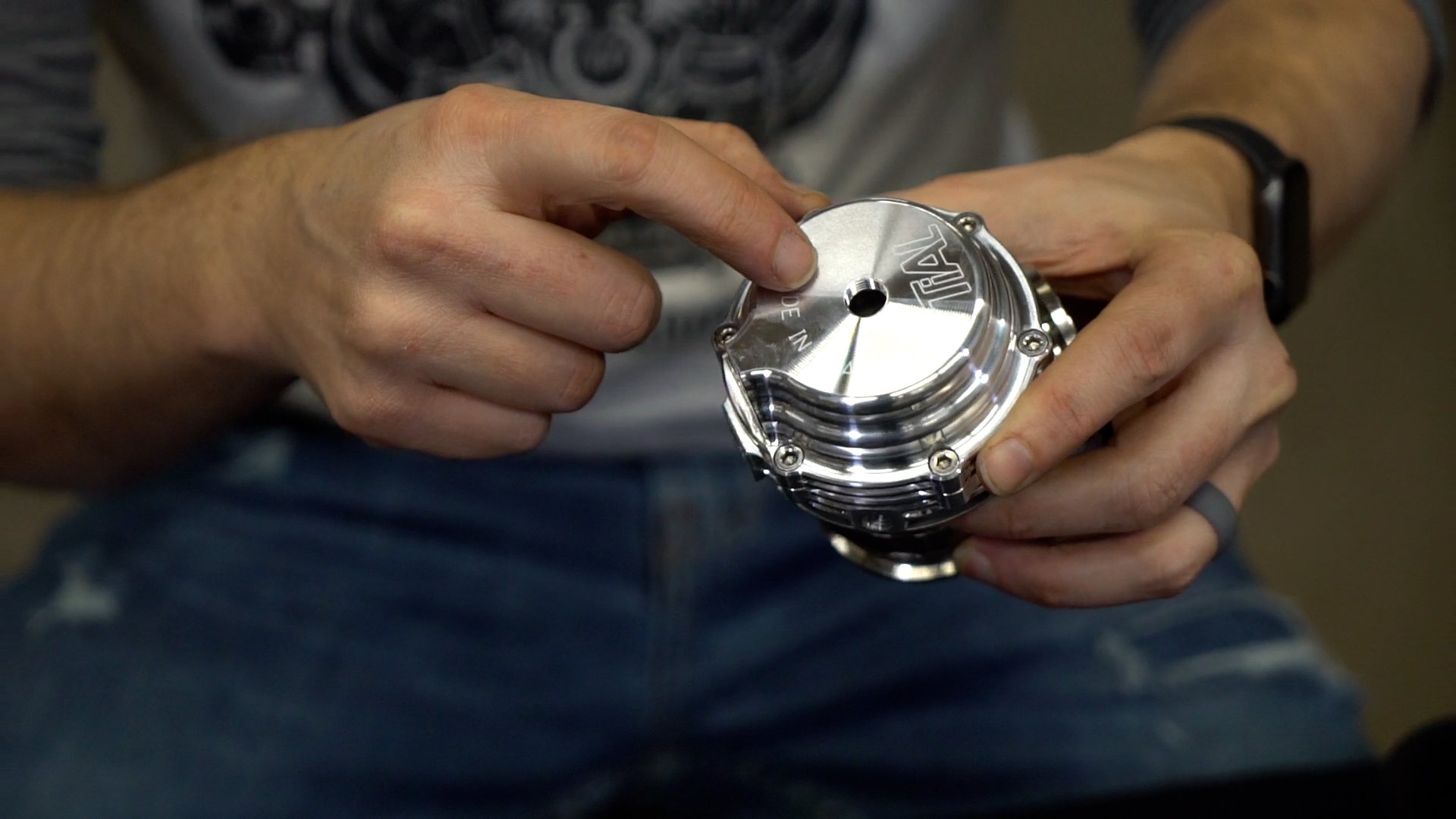
Here is a diagram showing an instance of adding an external wastegate to a Focus ST system, and then together with an external blowoff valve, for a completely customized setup.
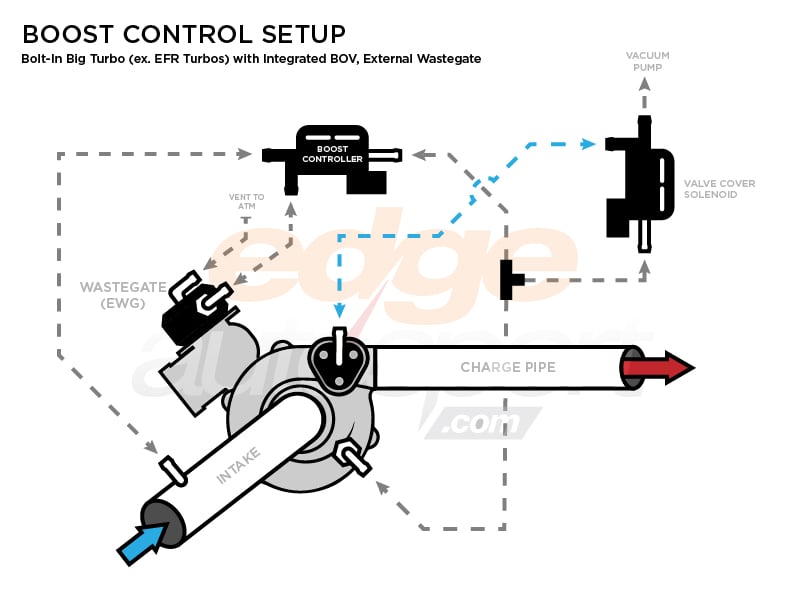
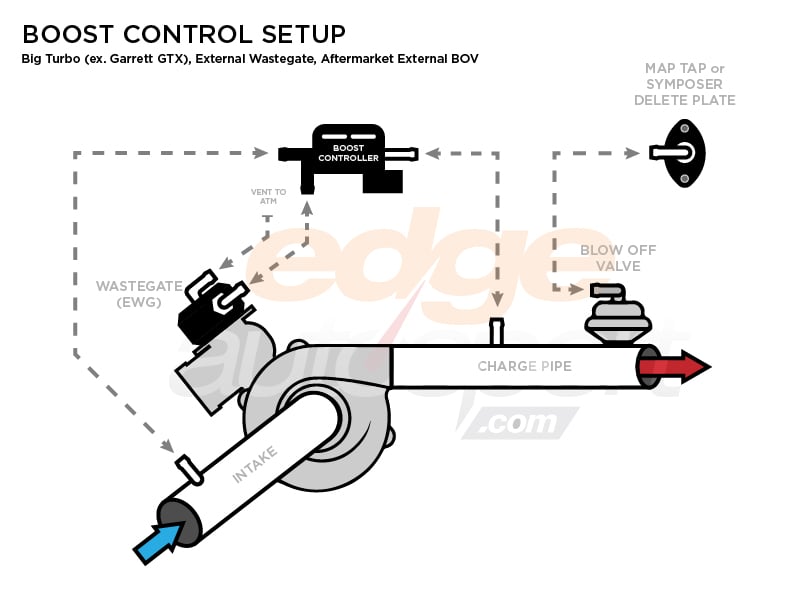
Notice how simple the tract is with both aftermarket options? It cleans up the whole system nicely, and removes points of failure or leaks. We have many aftermarket wastegate options and interface options, like the cp-e Exhale Charge Pipe Kit on our site, click the highlighted links if you'd like to learn more.
As always, our team is ready to help you get the best from your build, and we are experts in these systems. Do not hesitate to call if we can help you with a build list or solving some of your boost control issues.
or email us.
Topics: